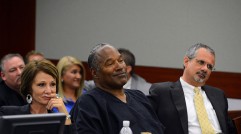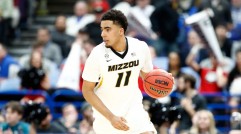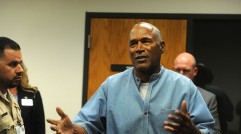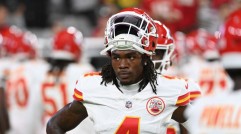Hotel Escobar: Inside Pablo Escobar's 5-Star Luxury Prison in the Medellin Mountains
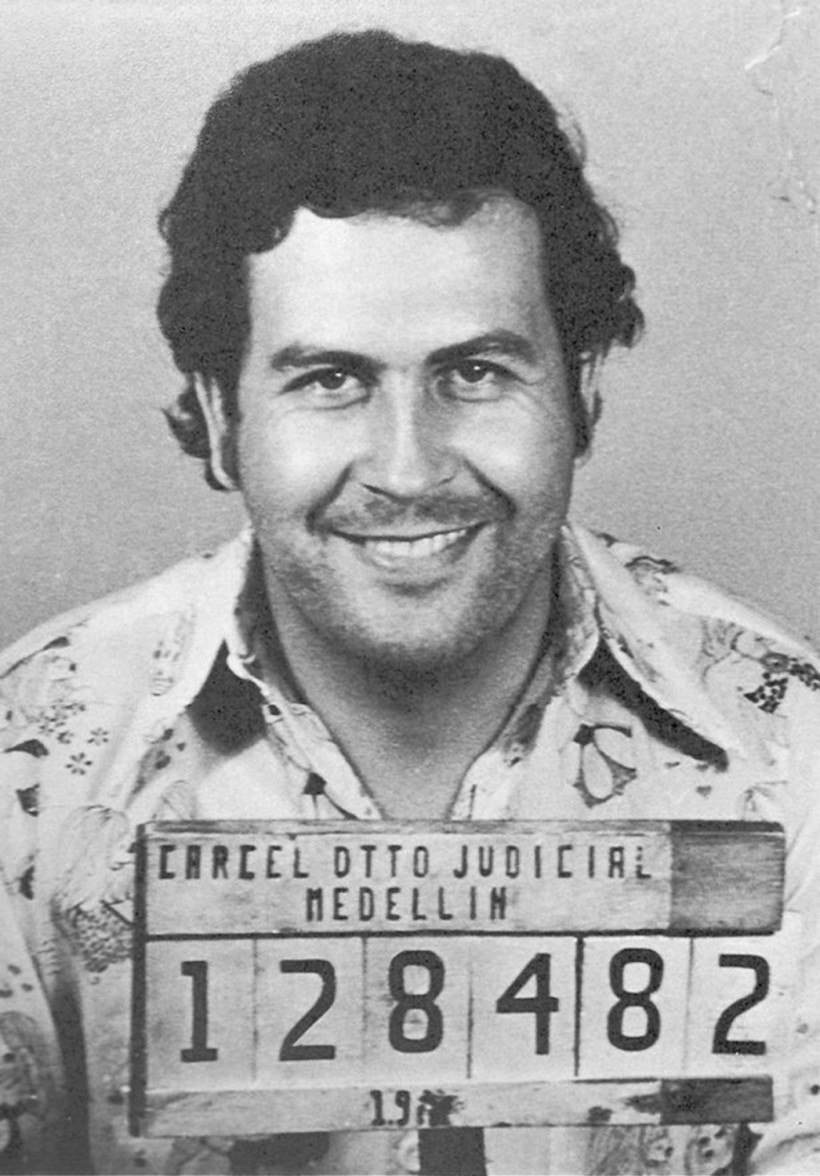
A mug shot taken by the regional Colombia control agency in 1976
Pablo Escobar was a Colombian drug lord who was born on December 1, 1949, and quickly rose to prominence at the age of 22. He was once voted as the richest man alive during the mid-'80s when he was reportedly worth $30 billion.
Escobar was initially favored by the Colombians due to numerous charities and community projects. His campaign, however, was later marred by thousands of murders, leading the public to turn against him.
Early Life
Pablo Escobar, born Pablo Emilio Escobar Gaviria, was born in the city of Rionegro, Antioquia. His father worked as a peasant farmer. His mother worked at a local school as a teacher.
At an early age, he already had grand ambitions to rise up from his humble beginnings.
Life in Crime
Escobar reportedly began his life in crime in his teens stealing tombstones. He began selling fake lottery tickets and stealing cars not long after.
He and 15-year-old Maria Victoria Henao married in 1976, giving birth to a son, Juan Pablo, and a daughter Manuela.
His life as one of the world's most notorious drug traffickers started in 1975 when he ordered the hit on Medellin smuggler Fabio Restrepo. He took control of Colombia's cocaine trade and began shipping large amounts of illicit drugs to America.
By the mid-1980s, Escobar was so rich he purchased a Learjet just to transport his money. At the time, he has complete control over more than 80 percent of the cocaine smuggled into the U.S. The Medellin Cartel allegedly made $420 million a week, trafficking more than 15 tons every day.
He spent some of his fortunes on social programs for the people living in impoverished areas. Escobar ran and won a position in the country's congress but only stayed in power for two years. He was forced to resign after a justice minister Rodrigo Lara Bonilla connected the congressman to drug trafficking and other crimes.
Bonilla was killed by unknown assassins on April 30, 1984. He was just 37.
Prison Time
In June 1991, Escobar surrendered to the Colombian government in the condition that he would be allowed to design and build his own prison he named "La Catedral."
The prison, nicknamed Hotel Escobar, was equipped with a jacuzzi and a bedroom with a rotating bed. The property also had a soccer field, a disco room, a bar, and a dollhouse for Manuela, his daughter. The Medellin cartel set up radio transmitters and fax machines, allowing Pablo to continue his operations "in prison."
The prison was built on a mountaintop where Escobar and his people could easily see anyone driving up to the fortress. The area as also covered in fog much of the day. On the outside, the hotel-prison looked very much like a correction facility, with high, barbed-wired walls. Beyond that, it was pure luxury.
Escobar reportedly invited the 1991 Columbian national soccer team. The members were treated to a feast prior to playing a game with the drug lord. They also joined Escobar at a party at the bar located on the property.
The infamous smuggler was also known to bring in models and prostitutes on occasion. Many of his family and closest friends received invitations to party on the property.
Everything was taken up to the mountain in secret. Most of the operations and the parties occurred when there was a thick enough fog to serve as a cover.
Death
The Columbian authorities decided to move Escobar to a standard holding facility afterword of his partying ways and the prison's luxury got out.
The 4th brigade of the Colombian national army stormed the property in July 1992. One man was killed and many were injured. Escobar and his men got out through a side path along the mountains.
Law enforcement officials launched a manhunt for the drug lord. The Colombian government sought help from the U.S. Delta Force and Navy SEALs in a 600-member operation.
The Medellin cartel began to crumble as Escobar moved from one safe house to another every night. He could never stay on the phone for longer than three minutes.
After 16 months of exhaustive search, he was tracked down to a home in the Los Olivos neighborhood after he stayed on the phone with his son for too long. He and his bodyguard tried to escape across rooftops but were shot and killed.
After his death, the La Cathedral stayed vacant for many years. Rumors spread about tubs filled with millions of cash, enticing treasure hunters and law enforcement officials to search the property---digging up grounds and dismantling walls.
Today, a group of Benedictine monks lives at the site, building a chapel, living quarters, and a library. The state also plans to build an asylum for the poor and the elderly.
Subscribe to Latin Post!
Sign up for our free newsletter for the Latest coverage!










